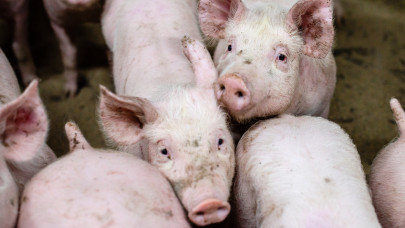This emerges from a study by JRC scientists recently published in Nature. The study looked at the accuracy in predicting wheat's growth cycle of a system based on the seasonal forecasting SEAS5 (5th generation seasonal forecasting system), which is run by the European Centre for Medium-Range Weather Forecasts (ECMWF).
In Central and Eastern Europe, where sowing usually takes place sooner than in the South, predictions of wheat flowering are reliable as early as November. Elsewhere, accuracy increases as the end of the growing season approaches.
In agriculture, such data can be put to good use when choosing which variety of crops to plant when, and deciding on appropriate agro-management practices, while limiting environmental impact in the process.
The authors of the study also suggest that policymakers can rely on accurate predictions to draw up market-stabilisation strategies in order to stave off sudden price increases. Similarly, forecasts can come in handy for adapting trade patterns, and planning ad hoc payments in advance.
Extreme climate events
Crop-related weather forecasts become more and more difficult as extreme events such as droughts or heavy rainfall become increasingly common. This is why the study also looked into predictive skill concerning such phenomena.
When it comes to droughts, some results were encouraging. Substantial predictive skill was detected as early as February, when at least half of the wheat growth cycle is still ahead.
However, drought predictions concerning the period between heading and maturity - an especially sensitive phase in wheat growth - were rather disappointing. Predictive skill early on in the season was limited, and in some regions (particularly the UK and Ireland) did not get any better even as harvest was already looming. This was mainly due to atmospheric mechanisms involving fickle extratropical jets.
...
Full item available via the link below.







